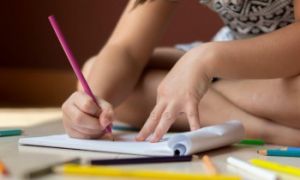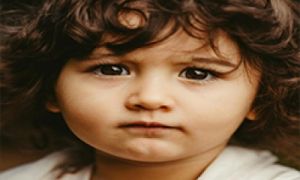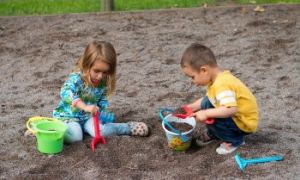The Early Years Learning Framework (EYLF) guides how we document, plan, and reflect on children’s learning in Australia. But with time pressures, ratio demands, and competing priorities, educators need tools that make framework integration achievable and empowering. This cheat sheet distills key EYLF elements into practical prompts and linking keywords—so teams can streamline observation cycles, make meaningful outcome connections, and stay child-focused every step of the way.
EYLF Learning Outcomes Snapshot
Outcome 1 - Identity
Focus Areas
- Autonomy
- Relationships
- Emotional confidence
Emotional confidence
Linking Keywords
- Recognise
- Self-initiate
- Decide
- Express feelings
- Lead
- Negotiate
- Take risks
- Feel proud
- Trust
- Comfort
- Explore self
- Secure
- Explore
- Initiate
- Persist
- Express
Outcome 2 - Community
Focus Areas
- Belonging
- Fairness
- Respect for diversity
Linking Keywords
- Include
- Welcome
- Share responsibility
- Acknowledge difference
- Respect voice
- Care for others
- Cooperate
- Build friendships
- Celebrate culture
- Participate
- Advocate
- Volunteer
- Share
- Include
- Celebrate
- Contribute
- Collaborate
Outcome 3 - Wellbeing
Focus Areas
- Physical health
- Emotional regulation
- Resilience
Linking Keywords
- Balance
- Stretch
- Hydrate
- Rest
- Self-soothe
- Recognise needs
- Wait patiently
- Show determination
- Regain composure
- Nourish
- Move freely
- Demonstrate safety
- Balance
- Rest
- Move
- Calm
- Nourish
- Respond
Outcome 4 - Learning
Focus Areas
- Curiosity
- Problem-solving
- Creativity
Linking Keywords
- Ask questions
- Plan
- Compare
- Experiment
- Imagine
- Build
- Tinker
- Focus
- Hypothesise
- Invent
- Adjust
- Explore outcomes
- Investigate
- Wonder
- Adapt
- Create
Outcome 5—Communication
Focus Areas
- Language
- Symbols
- literacy
Linking Keywords
- Describe
- Recount
- Name
- Listen actively
- Use gestures
- Read cues
- Draw meaning
- Write
- Perform
- Sign
- Retell
- Make connections
- Talk
- Draw
- Connect
- Interpret
Documentation Prompts by Cycle Stage
Observation
- What was the child doing?
- What materials or environment did they engage with?
- What stood out (language, emotion, interaction)?
“Evie used a stick to trace shapes in the mud and said, ‘It’s a treasure map!’”
Analysis
- What skills or dispositions were evident?
- Which EYLF outcome(s) relate to this moment?
- Does this build on prior interests or strengths?
“Evie showed creativity, spatial awareness, and symbolic thinking. Links to Outcomes 4.1 and 5.5.”
Follow-Up Planning
- How can we extend this experience?
- What materials or spaces will encourage deeper learning?
- Are we connecting to family/culture/community?
“Introduce clay sculpting and map-making during outdoor play. Invite family stories about local adventures.”
Reflection
- What did the child respond to?
- Did anything challenge or surprise you?
- What might be next?
“Evie asked for more ‘secret tools’ and guided a peer through her ‘map.’ Next week: shared map creation.”
Quick-Link Tips
- Use numbers (e.g., 1.1, 3.2) or icons for EYLF outcomes.
- Pair observations with child quotes or photos to enrich the story.
- Keep each cycle visible—not filed away—so planning stays active.
Tips for Practice
- Use EYLF outcome numbers or icons (e.g., 2.3, ?) to speed up linking.
- Trial simplified formats (like one-page cycles or spotlight rotations) to reduce stress.
- Include child quotes and family input when possible.
- Keep documentation visible so follow-ups stay intentional.
Let’s make documentation meaningful, manageable, and child-led—every cycle, every story, every step.
Further Reading
Free EYLF Version 2.0 Posters and Cheat Sheets
Summative Assessment Cheat Sheet For Educators
Practical Examples Of EYLF Outcomes
Linking Theories To The EYLF


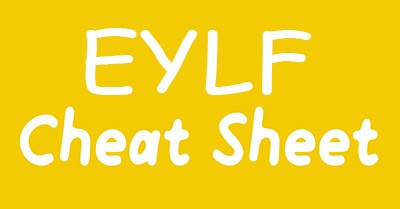
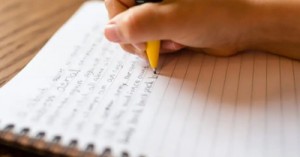

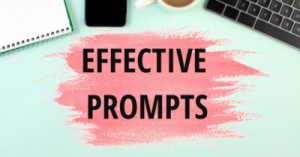

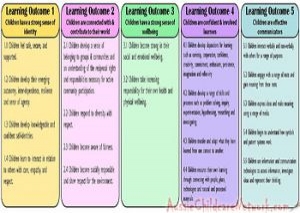 Here is the list of the EYLF Learning Outcomes that you can use as a guide or reference for your documentation and planning. The EYLF
Here is the list of the EYLF Learning Outcomes that you can use as a guide or reference for your documentation and planning. The EYLF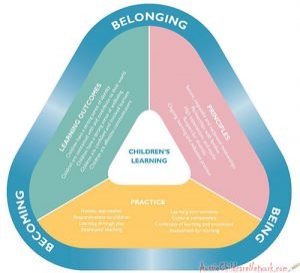 The EYLF is a guide which consists of Principles, Practices and 5 main Learning Outcomes along with each of their sub outcomes, based on identity,
The EYLF is a guide which consists of Principles, Practices and 5 main Learning Outcomes along with each of their sub outcomes, based on identity,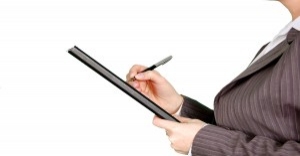 This is a guide on How to Write a Learning Story. It provides information on What Is A Learning Story, Writing A Learning Story, Sample
This is a guide on How to Write a Learning Story. It provides information on What Is A Learning Story, Writing A Learning Story, Sample One of the most important types of documentation methods that educators needs to be familiar with are “observations”. Observations are crucial for all early childhood
One of the most important types of documentation methods that educators needs to be familiar with are “observations”. Observations are crucial for all early childhood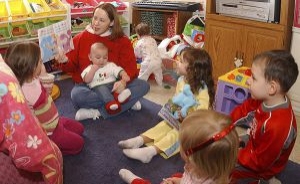 To support children achieve learning outcomes from the EYLF Framework, the following list gives educators examples of how to promote children's learning in each individual
To support children achieve learning outcomes from the EYLF Framework, the following list gives educators examples of how to promote children's learning in each individual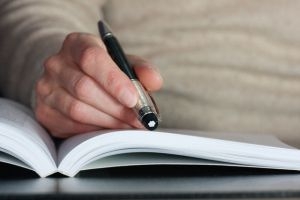 Reflective practice is learning from everyday situations and issues and concerns that arise which form part of our daily routine while working in an early
Reflective practice is learning from everyday situations and issues and concerns that arise which form part of our daily routine while working in an early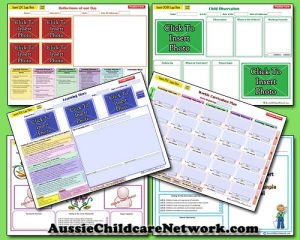 Within Australia, Programming and Planning is reflected and supported by the Early Years Learning Framework. Educators within early childhood settings, use the EYLF to guide
Within Australia, Programming and Planning is reflected and supported by the Early Years Learning Framework. Educators within early childhood settings, use the EYLF to guide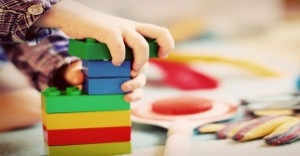 When observing children, it's important that we use a range of different observation methods from running records, learning stories to photographs and work samples. Using
When observing children, it's important that we use a range of different observation methods from running records, learning stories to photographs and work samples. Using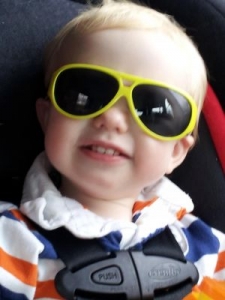 This is a guide for educators on what to observe under each sub learning outcome from the EYLF Framework, when a child is engaged in
This is a guide for educators on what to observe under each sub learning outcome from the EYLF Framework, when a child is engaged in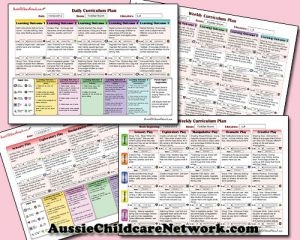 The Early Years Learning Framework describes the curriculum as “all the interactions, experiences, activities, routines and events, planned and unplanned, that occur in an environment
The Early Years Learning Framework describes the curriculum as “all the interactions, experiences, activities, routines and events, planned and unplanned, that occur in an environment